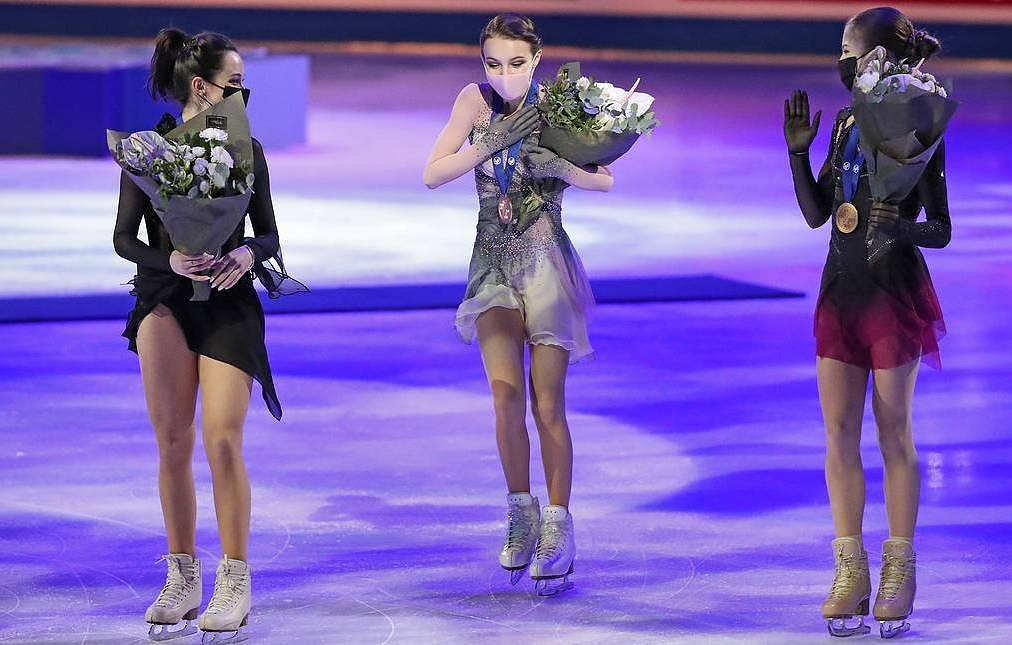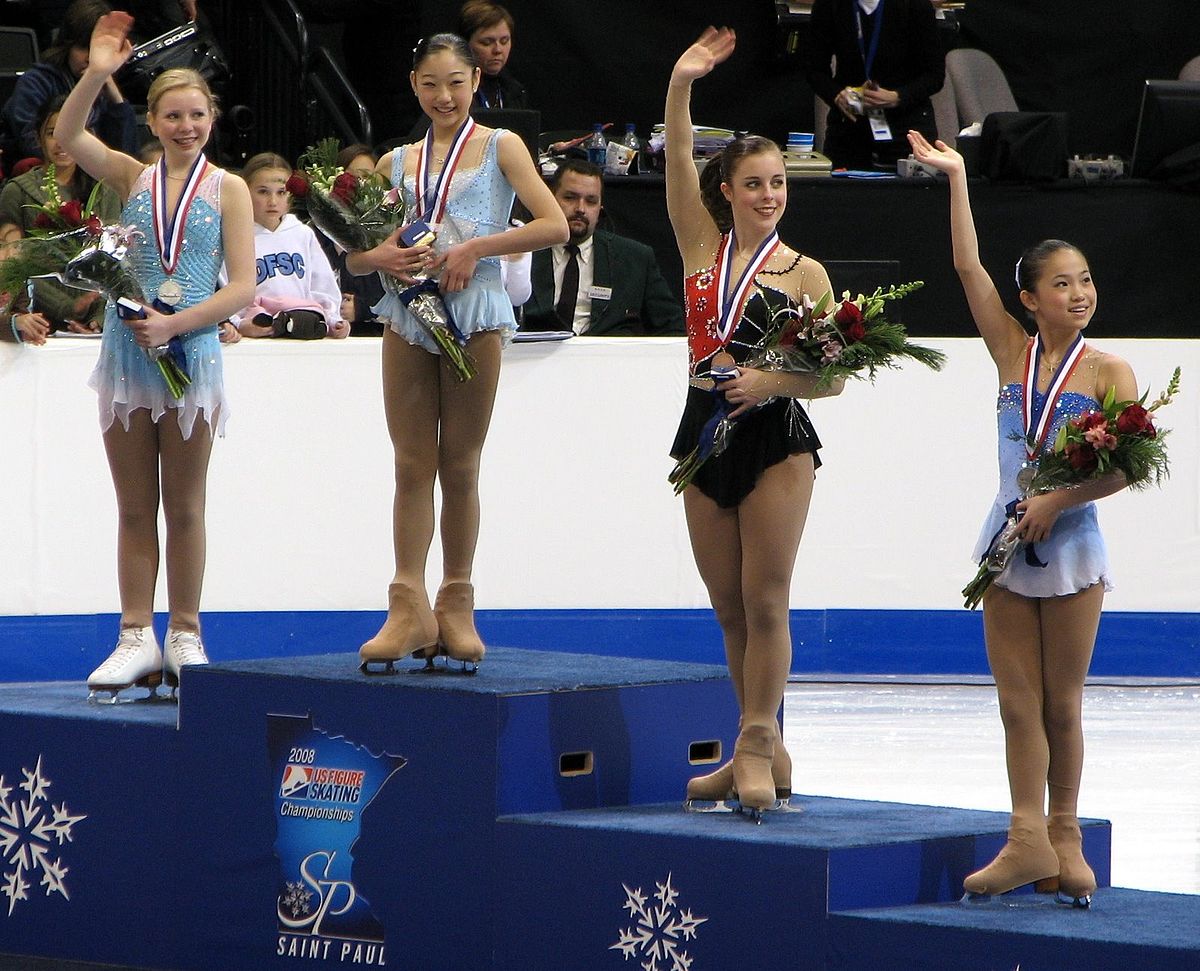FIGURE SKATING is a type of ice skating performed by individuals, pairs, and groups. This sport was the first to be included in the Olympic Games, taking part in the 1908 London Olympics. The sport has a rich history and is very popular worldwide. Here are some of the most impressive skating performances. Let’s start with the basics. What is figure skating? How is it performed? What skills are required?
Jumps are the most important part of figure skating choreography. The right landing is crucial to every jump, regardless of the style. The blade is hollow, and the skater feels the outside and inside edges. Depending on where they land, they can determine how far they’re going and which part of their body they’re landing on. There are many variations of these jumps. Here are a few of the more popular ones:
The blade of a figure skate is 4.7 millimetres (3/16 inch) thick, and it’s curved, or rockered. This curve is called the sweet spot, and is located near the stanchion of the blade and below the ball of the foot. The blade is hollow and has a groove on its bottom side, creating two distinct edges. This allows the skater to achieve a higher degree of speed and accuracy.
The European Figure Skating Championships are held in the capital of Estonia, and are broadcast live on the ISU’s official YouTube channel. The program is scheduled to start at 8:30 pm on the day of the competition, but it is subject to change. Streaming of the competition is also possible, and will be made available to the public. If you can’t make it to the event, you can always watch it on the ISU’s YouTube channel or with ISU’s broadcast partners.

In addition to the Olympic competition, the figure skating competition is also popular in many other countries. In the late 1500s, women were not allowed to compete in figure skating. In 1662, Charles II’s visit to Holland combined with the harsh winter in Great Britain led to the creation of the Olympic figure skating. At that time, the British used ice skates during the royal visit. In 1742, a club for skating was established in Scotland. As a result, the sport gained popularity. The blades of the skates were longer and the skating became more elegant. A compulsory routine was introduced for the athletes to follow.
The figures are scored according to the difficulty and execution of the individual elements. The technical score is determined by the elements attempted in the routine. A high score means a difficult element is executed correctly. The overall mark is based on five criteria. The judge uses a scale of one to 10 points to judge the dancer’s performance. Similarly, the scoring is done for the individual dancers. It is a competitive sport.

